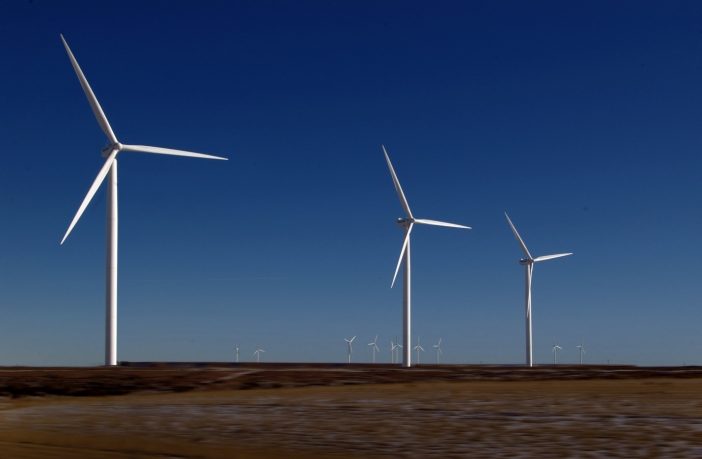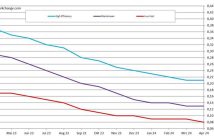- The employment implications of the energy transition in South Africa are both politically and socially significant.
- Standardised employment metrics and methodologies to be considered across all energy technologies.
- The aim is to make appropriate comparisons between power generation technology options for energy planning.
The Global power sector is undergoing a complex structural transition away from a model of regulated, monopolistic, centralized and coal-based electricity supply. To fully understand the impact and opportunities of this power sector transition for South Africa and what the employment implications of future scenarios could be, standardised employment metrics and methodologies should be used across all energy technologies. Such understanding can then usefully inform the planning choices that need to be made in the short term.
Standardising metrics and employment categorization methods are imperative and are increasingly relied upon for energy planning both locally and internationally. In keeping with this trend, the Minister of Energy applies the contemporary metrics ‘job-years’ and ‘full-time equivalent’, rather than the old-fashioned and vague metric ‘jobs’, when referring to the employment opportunities being created by the Renewable Energy sector. As recently explained in Parliament by Minister Radebe, a ‘job year’ is equivalent to a full-time employment opportunity for one person for one year.
As confirmed in a recent Meridian Economics study commissioned by the South African Wind Energy Association (SAWEA), for a highly unequal middle-income country such as South Africa the employment implications of the energy transition are both politically and socially significant.
“Standardisation should not be confused with simplification, as there is no need to reduce the number of metrics and categories that usefully shed light on the different facets of employment. There is however, a need to be able to make appropriate comparisons between power options. Currently this is not easily possible,” explained Brenda Martin, CEO of SAWEA.
Currently all South African coal power related employment studies use the metric ‘employees’ or ‘jobs’ as opposed to the more internationally applied metric, ‘person-years’ which is used to report national Renewable Energy employment. The term ‘job’, could refer to a job created for one day or for 20 years. Simply counting a ‘job’ can be meaningless. Standardising the metric ‘job-year’ would assist more meaningful employment comparison between the two sectors.
Another important consideration is that of ‘meaningful’ or ‘decent’ employment. The term ‘job’ does not capture the features of a decent job. Aspects that remain hidden include the sustainability of the job, the associated working conditions or the level of contractual security provided. Beyond understanding whether comparisons between power options are useful, SAWEA is interested in asking questions that also address the value and impact of created employment.
“We should be asking if the employment created will support a family, if it requires relocation, if there is opportunity for learning, development and progression. Asking such questions can stimulate the promotion of improved quality of employment,” added Martin.
Standardised metrics will ensure that stakeholder groups that are raising important concerns relating to social effects introduced by the energy transition away from a reliance on coal, are better equipped to assist planning based on reliable comparisons.
The SAWEA power sector transition employment briefing paper provides an overview of the currently available information on employment opportunities associated with the utility-scale power transition, whilst arguing for standardized employment metrics and highlights some of the complexities that underscore the importance of careful comparison.
SAWEA notes that two studies currently underway are anticipated to add significantly to the knowledge already available, they include:
The Energy Research Centre (UCT) Coal Transitions modelling project runs least cost and decarbonisation scenarios to 2050 with a significantly expanded coal sector. Jobs impacts in coal and RE to 2050 will be included in the model outputs.
The COBENEFITS project being undertaken by ERC and CSIR is a similar modelling exercise which will expand the current assumptions for RE. This project will generate a public database of employment figures, which will contribute towards greater transparency and accessibility of employment data in the sector.
South African Wind Energy Association: www.sawea.org.za











